Anti-Semitic motifs have no place at the documenta or anywhere else in the world, emphasizes Meron Mendel, head of the Anne Frank educational institution. But he also says: This is not an anti-Semitic documenta.
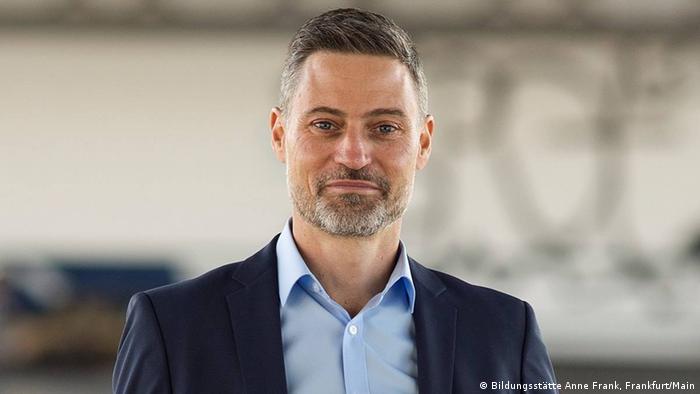
Meron Mendel, Director of the Anne Frank Education Center in Frankfurt/Main, feels sorry for the artists at the documenta, whose work has been overshadowed by the scandal
DW: Prof. Mendel, the documenta took down the Taring Padi banner, which was criticized for its anti-Semitic imagery. Does that end the anti-Semitism debate?
Meron Mendel: No, the debate has only just begun. Of course, there are different ideas about how to proceed now – which personal consequences have to be drawn or how to deal with the artists. But it seems important to me: How can we not break off the dialogue with the artists of the Global South at this point, but instead start it?
Where are the front lines in this dispute?
There are many voices and positions that are difficult to reduce to a front line. We shouldn't lump all artists from the Global South into one pot. One line of argument for Taring Padi defenders is that the motifs on the banner must be seen in the context of the Global South. In predominantly Muslim countries, this is not a problem and belongs to the mainstream. From their point of view, the problem arises from the fact that the work can be seen in Germany or Europe. It should be clear: depicting Jews as bloodsuckers should not only be a problem in the German context, but everywhere in the world.
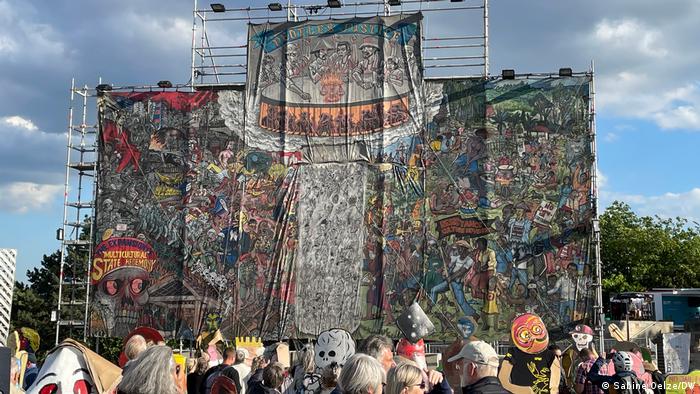
The work “People's justice” by Taring Padi had to be removed from the documenta because of anti-Semitic imagery
On the other side is the equally inhomogeneous group of critics. Even if everyone sees the banner as anti-Semitic, different demands are derived from the scandal. There are also different assessments of the extent to which anti-Semitism is widespread in the documenta.
According to Hanno Loewy, the director of the Jewish Museum Hohenems , it is also about a very different view of the Middle East: Pouncing on each other without acknowledging each other's perspective?
In fact, that's part of the dynamic; different views of the Middle East conflict collide. On the one hand, there is the view from Europe, from Germany, of Israel – as the country of the Holocaust victims who found refuge in Israel and for whom Israel is still considered a safe haven.
From the perspective of the Global South, the European Jews who came to Palestine in the first half of the 20th century are viewed more as colonialists. This is a distorted understanding of the founding of Israel.
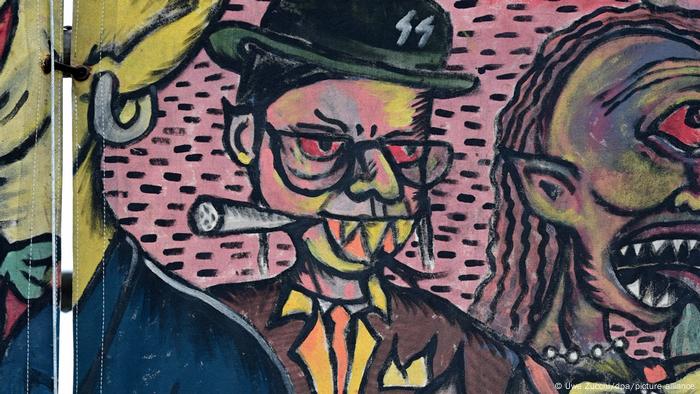
Rapper teeth, SS runes on hat – the openly anti-Semitic imagery in the work of Taring Padi
But that's only part of the problem: the anti-Semitic images on the Taring Padi banner come from European culture. These narratives did not originate in the Global South. The Jews as bloodsuckers or as vampires, these narratives come partly from the Middle Ages, from Christian anti-Judaism. Comparing the Jews with Nazis is something we also see in the right-wing in Germany.
So we are dealing with a complex problem – with the transmission of anti-Semitic images, which practically turn out to be European export goods to the formerly colonized countries.
Are we having a very German debate here?
The debate is certainly particularly explosive against the background of the specifically German history of National Socialism. But similar struggles, perhaps not to the same extent, are being waged in other European countries.
Germany has a historic responsibility. Isn't that sufficiently understood abroad, including by the documenta curators?
Presenting pictures of Jews as bloodsuckers or depicting Jews as Nazis in a publicly funded exhibition should not take place anywhere in the world, regardless of the cultural context. Because it's inhuman. I am also against gay people being defamed or women's rights being disregarded. It's about something fundamental – about human rights. They may be a Western construct, but they are universal and, in my view, non-negotiable. It doesn't matter where the documenta curators come from.
Is that still relevant to the Germans?
Apart from the AfD (the right-wing populist party “Alternative für Deutschland”, editor's note), which calls for an about-face in the culture of remembrance, there is a political consensus on this in Germany. If you ask the population, for example in surveys, this consensus is much more fragile. So there are very different opinions among Germans as to which responsibility arises from the Nazi past for the present and which does not.
Does Germany have to explain more? Straight towards the Global South?
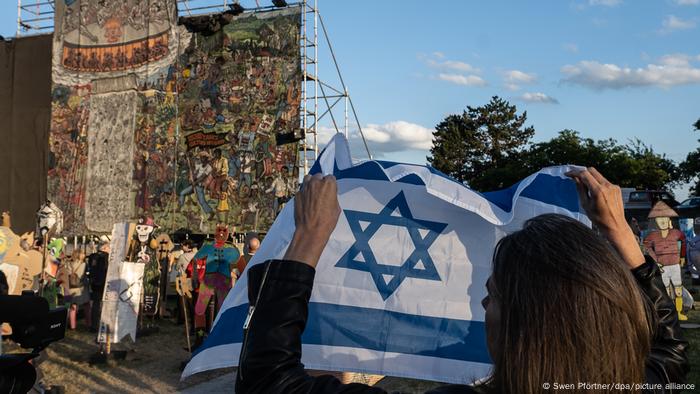
A woman holding an Israel flag stands in front of the collective's partially veiled, large-scale banner “People's Justice” (2002). Taring Padi
Germany is not the master teacher of the Global South. But when people from other countries exhibit here, the responsibility naturally also lies with the hosts. The Federal President said that very succinctly in his opening speech. He said: “Responsibility cannot be outsourced.” That's why nobody can hide behind this protective claim and say that the people from the Global South alone bear the responsibility. It's not just about anti-Semitism, but about human rights as the basis for working together.
Has documenta been damaged by the current scandal?
The damage is enormous. The documenta is in ruins. This is particularly tragic because great works by almost 1500 artists are completely overshadowed by just a few works. That's why I emphasize: This is not an anti-Semitic documenta.
The question that occupies me now is: How can the discussion at the documenta and the documenta itself be made productive?
Prof. Meron Mendel, born in 1976, has been the director of the Anne Frank educational center in Frankfurt am Main since 2010. Since 2021, Meron Mendel has also been a professor for transnational social work at the Frankfurt University of Applied Sciences and researches, among other things, the present of anti-Semitism and the future of the culture of remembrance. The interview was conducted by Stefan Dege.
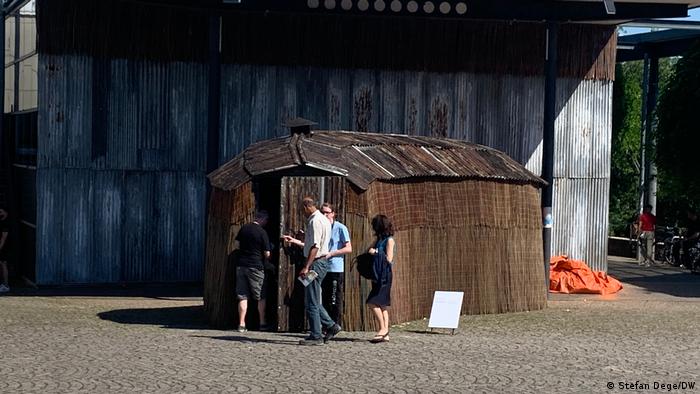 documenta 15: Change of perspective
documenta 15: Change of perspective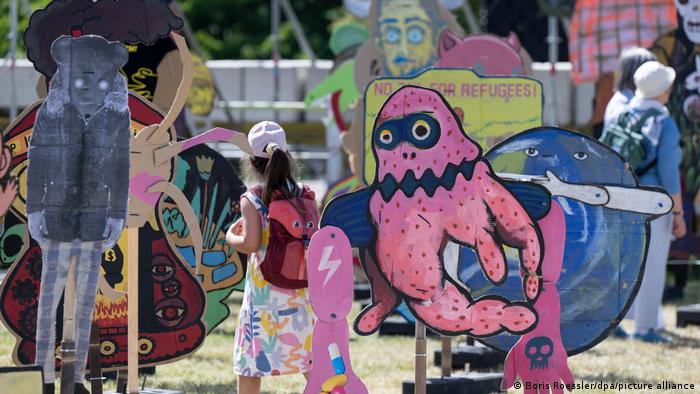 documenta 15: Change of perspective
documenta 15: Change of perspective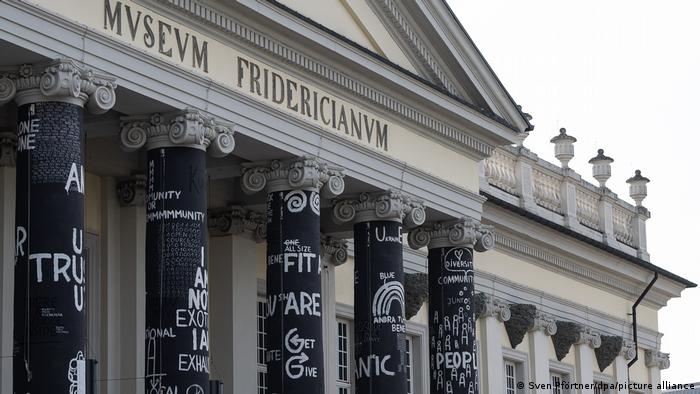 documenta 15: Change of view
documenta 15: Change of view documenta 15: change of perspective
documenta 15: change of perspective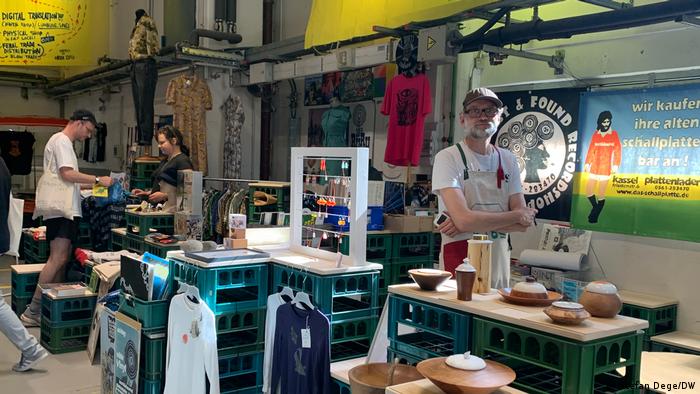 documenta 15: change of perspective
documenta 15: change of perspective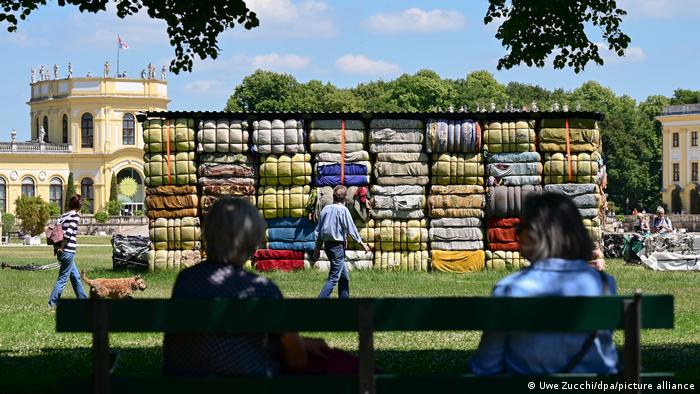 documenta 15 : Swap Gaze
documenta 15 : Swap Gaze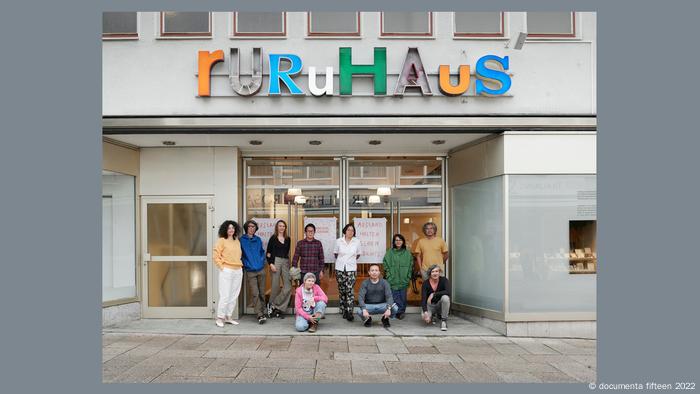 documenta 15: Change of perspective
documenta 15: Change of perspective